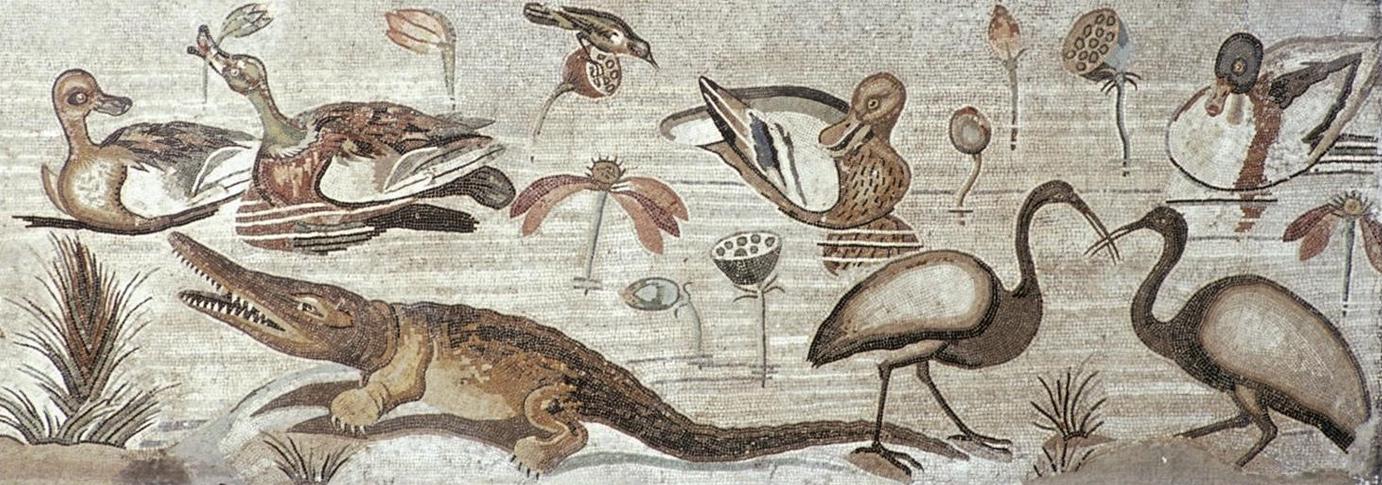For suggested concentration courses, click here.
Students explore what it means to be human in a time of rapid global environmental change. Understanding human relations with their environments can be developed by the study of history, literature, art, architecture, film studies, philosophy, and anthropology.
The study of history is essential to understand the forces that have driven humans to use, abuse, and deplete natural resources and environmental quality. Effective environmental policy should consider these historical precedents as foundational knowledge to guide environmentally protective and conserving behaviors. Study of English and literature can provide insight into the many meanings of concepts including nature, the anthropocene, and environment. Yale’s abundant resources in art and art history provide an opportunity to explore human-nature relations visually and historically, especially its collections on landscape art from Britain, China, Latin America and the US. Courses in architecture focus on built environments, and also urban and landscape planning. Building and urban densities, ecologically sensitive landscape design, transit, land use compatibility, building materials, social interactions, and the psychology of space and light all affect environmental quality, natural resource depletion, human health, and personal well-being.
-
Interdisciplinary study in these fields and topics is also facilitated by the Yale Environmental Humanities Initiative that provides a forum for faculty and student scholarly engagement in these fields.

